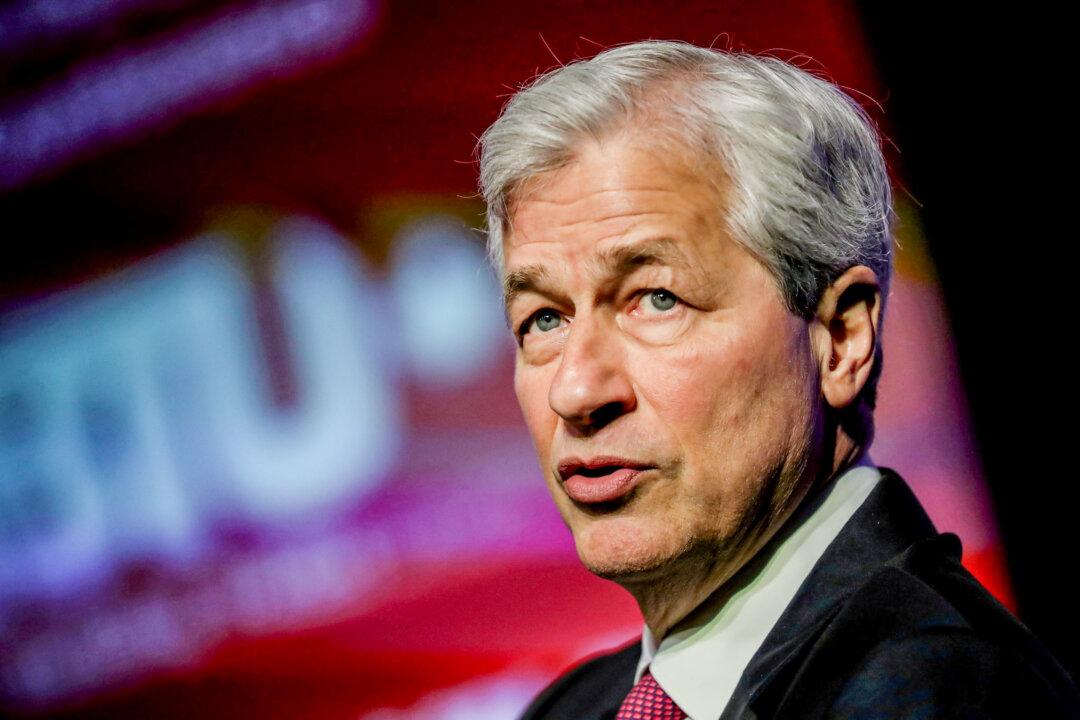JPMorgan Chase CEO Jamie Dimon has sounded the alarm that U.S. consumers are running down their excess cash buffers and that inflation could stay stuck in high gear due in part to high government spending, while issuing an ominous warning that the “most dangerous time” that the world has seen in decades has arrived.
Mr. Dimon made the remarks while reporting JPMorgan’s third-quarter results, which showed America’s biggest bank by assets generating net income of $13.2 billion.





